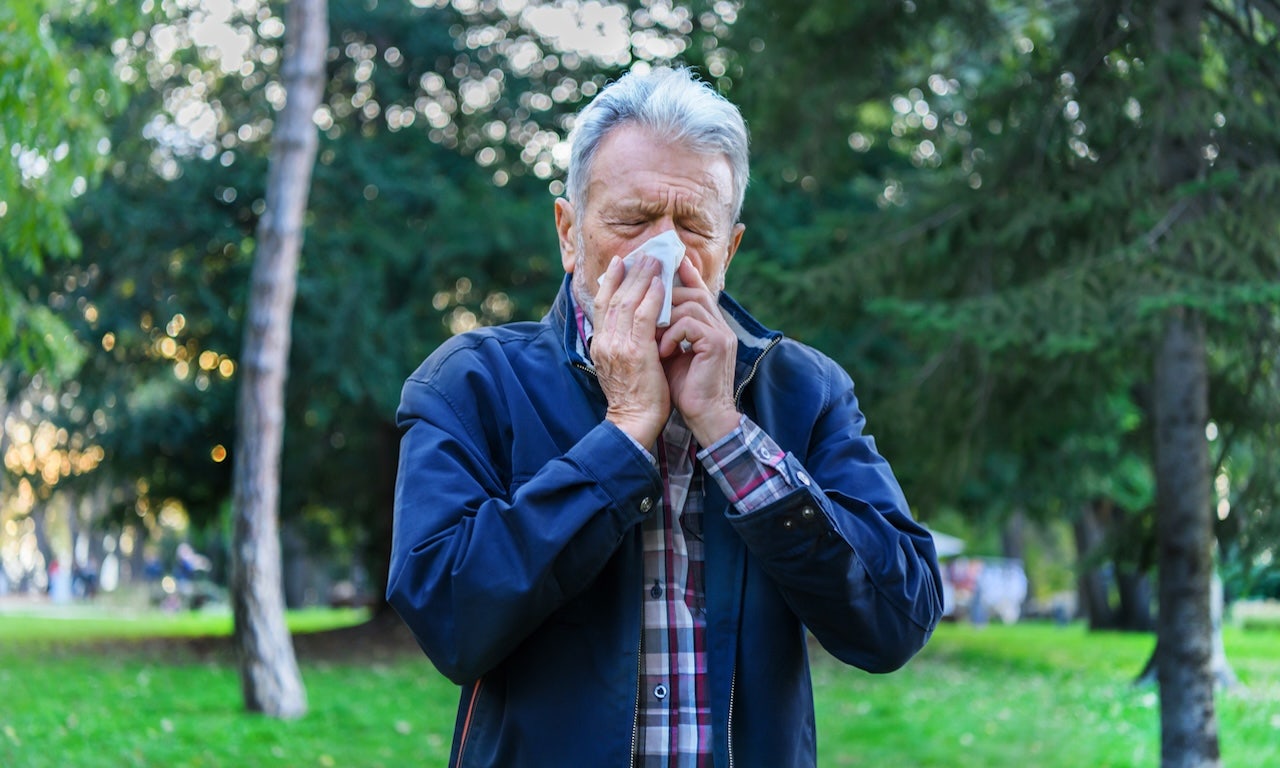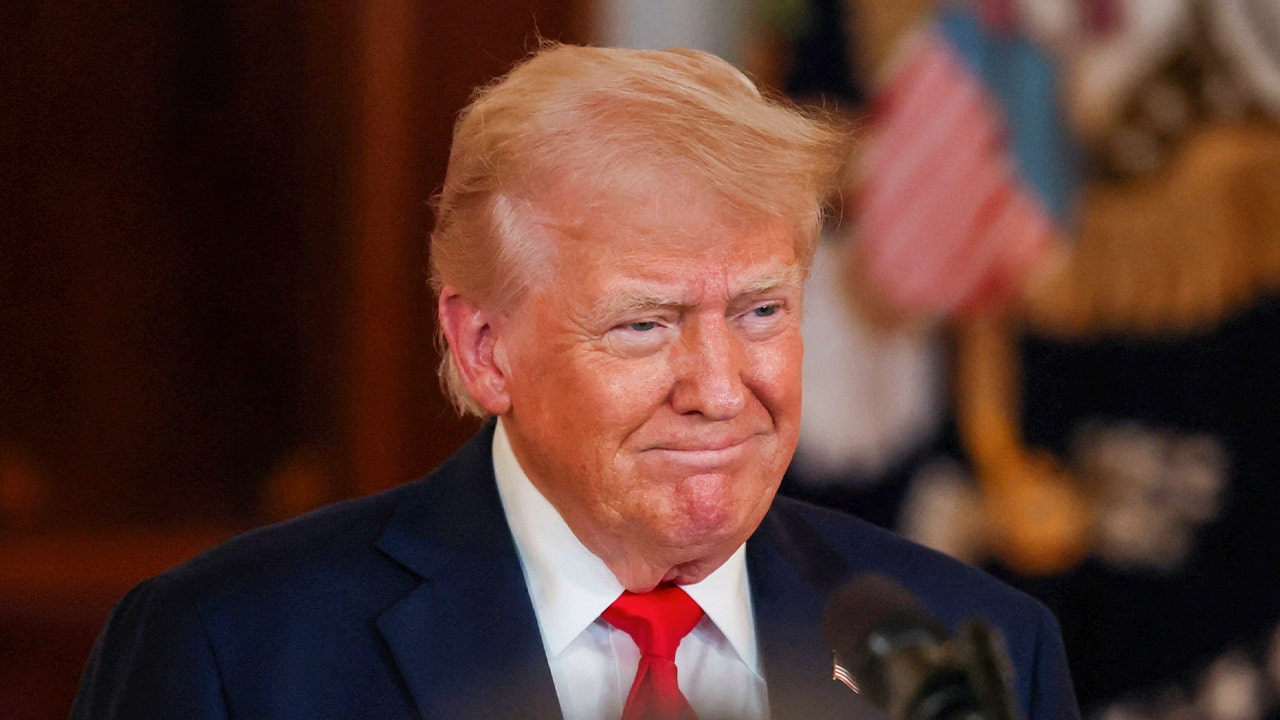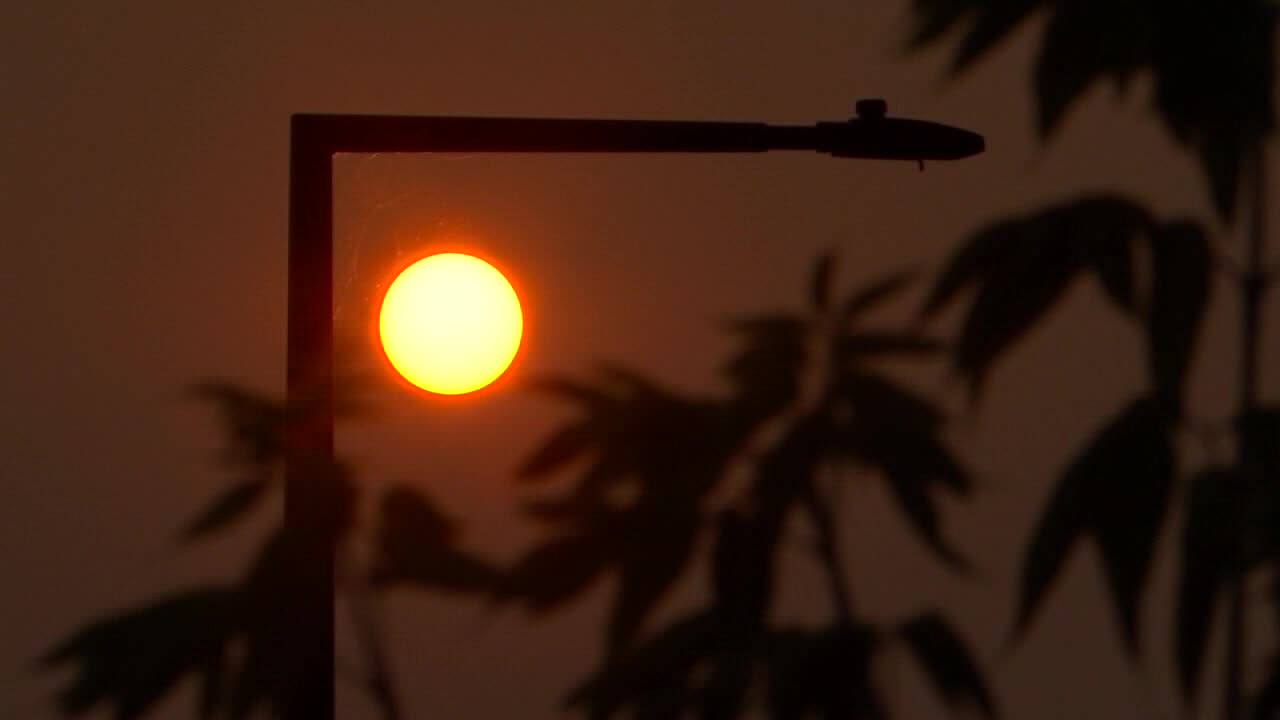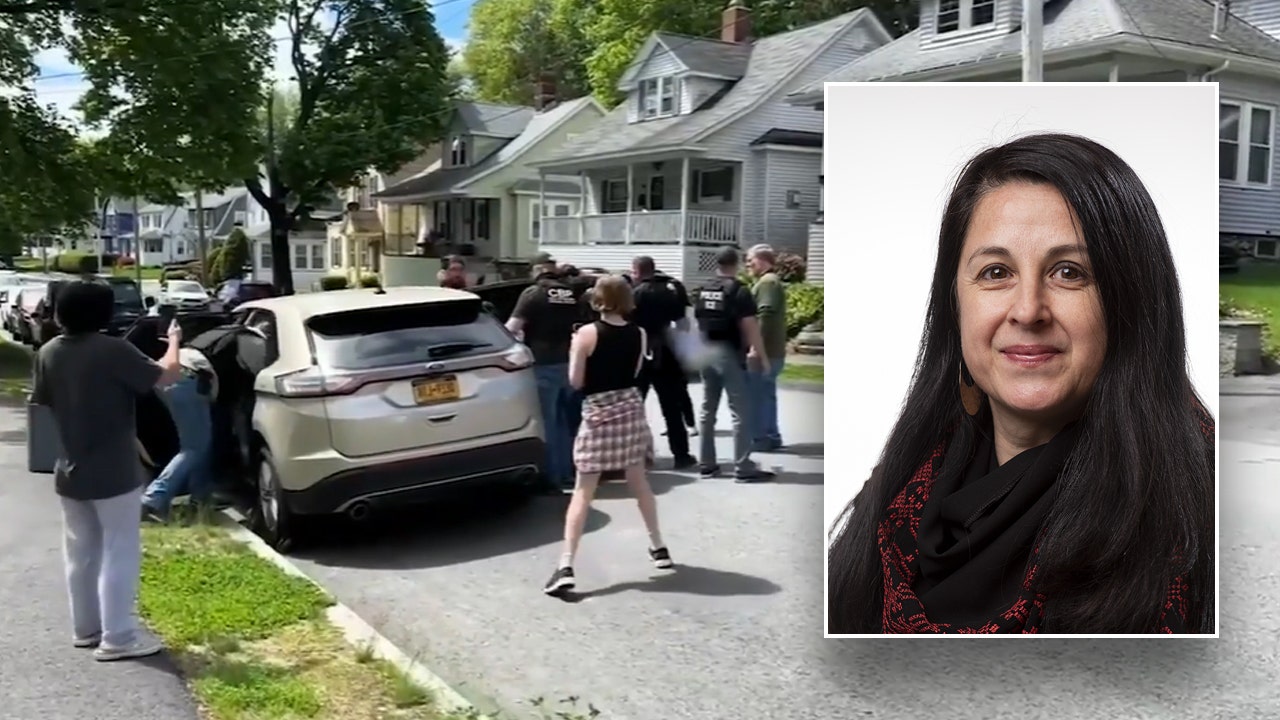Health
Is It an E-Bike, or a Motorcycle for Children?

LeGrand Crewse, co-founder and chief executive of Super73, recently showed off the company’s latest product, a diminutive motorized bike called the K1D. Aimed at riders 4 years old and up, the vehicle lacks pedals, in the spirit of a training bicycle, and has a throttle. The company calls the K1D an “electric balance bike.”
“But you can also call it a motorcycle,” Mr. Crewse said during a tour of the company’s 60,000-square-foot headquarters. In “normal mode” the K1D can go 13 miles per hour. “Then we have a race mode,” Mr. Crewse said — at 15 miles per hour.
The e-bike industry is already pushing the boundaries of youth transportation, and Super73 is an early darling among customers. The company aims to sell more than 25,000 units this year, a significant portion of them for teens, Mr. Crewse said. Unlike the K1D, most Super73 e-bikes come with pedals as well as a throttle-powered electric motor. What the company is selling, Mr. Crewse said, is a lifestyle, featuring “cool” products that are not subject to heavy regulation.
“Ride without restrictions,” the Super73 website declares, in bold letters. “No license, registration, or insurance required.”
Mr. Crewse added: “Actually no helmet requirement even, except for one class of bikes — and even then, specifically around younger age riders.”
State and federal laws essentially treat e-bikes as traditional bicycles so long as they don’t exceed speed limitations — although many e-bikes can easily be altered to do so. This laissez-faire oversight, Mr. Crewse said, “dovetails perfectly” with the ethos of the younger generation.
“If you think of Gen Z and millennials, if they can’t have instant gratification, they want nothing to do with it,” he said. “They’re not interested in taking time to learn something: ‘I’m not going to get my motorcycle license, I don’t want to go through this course that takes X-amount of hours — it’s too much of a hassle.’”
But law-enforcement officials and some safety experts worry that many e-bikes are dangerously unlike traditional bicycles: too fast for sidewalks and not built for the complexity and speed of roads. Some retailers decline to carry Super73 e-bikes or others like them, contending that they tempt young riders, untrained in road safety, to think they are safe mingling with high-speed auto traffic. Several children in their teens have died recently in e-bike accidents. Some e-bikes can travel at speeds that may qualify them as motor vehicles, but federal regulation has not kept up.
“There is pressure from the market to sell novel and interesting things that are faster and more fun,” said Christopher Cherry, a civil engineer at the University of Tennessee, Knoxville, who studies e-bike safety.
Mr. Crewse entered the nascent e-bike industry more than a decade ago, when he began tinkering with ways to add motors to bicycles. In 2012 he toured China as a wide-eyed entrepreneur. “I booked a trip with no plans,” he recalled. “In that two-week period, I wound up meeting a whole bunch of people, went to a whole bunch of factories — relationships I still have today.”
In 2016 he co-founded Super73 with Michael Cannavo and Aaron Wong, with the aim of selling more stylish e-bikes that were not “for the geriatric crowd,” Mr. Crewse said; the typical Super73 model resembles a dirt bike or a minimotorcycle with pedals. “I read somewhere that something like 98 percent of people think they’ll look cool on a motorcycle,” he said. “We bring moto-heritage with youth culture.”
Many retailers initially would not carry the company’s first mass-produced Super73, introduced in 2017. “‘This is not a bike, this is not a bicycle,’” Mr. Crewse recalled being told by retailers. “We got laughed out of every place.”
PeopleForBikes, the trade group that represents traditional biking companies and e-bike manufacturers, has taken issue with Super73 and other manufacturers that sell products that can be reprogrammed to effectively become motor vehicles and not e-bikes at all.
Most of Super73’s models offer a re-programmable option, including the Z-Miami, which is small, comes in pink and, Mr. Crewse said, is “popular with younger riders.” Parental controls were not possible on existing models, he said, because of “a limitation of the current software.” He added, “That will absolutely happen in future software releases.”
He floated the prospect of e-bike training for young riders. “The motorcycle training program I took has literally saved my life,” he said. But he noted that requiring e-bike training could harm an industry that he credited with creating more sustainable transportation. “The question is, how much do we want to force,” he said.
A father of five, Mr. Crewse advised parents who buy an e-bike to invest in a high-quality helmet and other safety equipment. “The biggest thing is understanding the risk of a vehicle going 20 miles per hour,” he said. “There are consequences. Things can go wrong.”

Health
Sprout Health: Real Facts and Figures | Woman's World

Use left and right arrow keys to navigate between menu items.
Use escape to exit the menu.
Sign Up
Create a free account to access exclusive content, play games, solve puzzles, test your pop-culture knowledge and receive special offers.
Already have an account? Login
Health
Top 10 'allergy capitals' of the US, plus 4 tips to manage symptoms

Allergy season is upon us, and it’s bringing about some of the worst cases yet.
“Changes in temperature and precipitation patterns allow plants and trees to grow in places they didn’t before,” according to the American Lung Association — which means a rising pollen count, and even new types of pollen.
The Asthma and Allergy Foundation of America (AAFA) recently released its annual allergy report, which identifies the “most challenging cities” for those living with seasonal allergies.
19 DRUG APPROVALS IN 2024 THAT HAD ‘BIG CLINICAL IMPACT,’ ACCORDING TO GOODRX
The report focuses on tree, grass and weed pollen counts throughout the year, as well as over-the-counter allergy medicine use and the availability of board-certified allergists and immunologists.
This year’s report named Wichita, Kansas, as the top allergy capital for the third year in a row, largely due to its worse-than-average tree and grass pollen. (iStock)
The 2025 report named Wichita, Kansas, as the top allergy capital for the third year in a row, largely due to its worse-than-average tree and grass pollen.
Top 10 allergy capitals
- Wichita, Kansas
- New Orleans, Louisiana
- Oklahoma City, Oklahoma
- Tulsa, Oklahoma
- Memphis, Tennessee
- Little Rock, Arkansas
- Raleigh, North Carolina
- Richmond, Virginia
- Greenville, South Carolina
- Greensboro, North Carolina
HONEY AND ALLERGY RELIEF: DO THESE TWO REALLY GO TOGETHER?
New types of pollen — and larger amounts of them — can trigger allergy symptoms for people even if they haven’t previously suffered from them.

According to the American Lung Association, “changes in temperature and precipitation patterns allow plants and trees to grow in places they didn’t before.” (iStock)
Dr. Purvi Parikh, who specializes in infectious disease allergy and immunology at NYU Langone, spoke with Fox News Digital about the best ways to keep allergies at bay as the seasons change.
1. Stay on top of medications
For those who suffer from seasonal allergies, Parikh recommends starting medications early.
“One of the most important things that we recommend is to use a 24-hour antihistamine, because they’re longer-acting and can really help control symptoms,” she told Fox News Digital.
Eye drops and antihistamine nasal sprays can also help with itchy eyes and stuffy noses, respectively.
HEART DISEASE DEATH RISK RAISED BY COMMON HOUSEHOLD PRODUCTS, STUDY FINDS
“The other important thing to remember with over-the-counter medications is that if you’re having breathing issues, like coughing, wheezing or chest tightness, those are all signs that you might have asthma,” Parikh cautioned.
In that case, she recommends seeing a medical professional to make sure you’re using the right medication.

“One of the most important things that we recommend is to use a 24-hour antihistamine, because they’re longer-acting and can really help control symptoms,” an expert advised. (Getty Images)
2. Wash your clothes
When coming inside after spending time outdoors, Parikh recommends changing clothes and taking a shower to wash off any pollen and decrease exposure.
Washing bedsheets once a week in warm water can also help limit exposure to allergens, according to experts.
3. Pay attention to timing
As the pollen count is highest in the mornings, Parikh said it’s best to stay indoors early in the day.
“Keep windows closed early in the morning for the same reason,” she advised.
9 OVER THE COUNTER REMEDIES TO HELP YOU BEAT SPRING ALLERGIES
The pollen count surges again in the late afternoon and early evening hours.
Different plants and trees release pollen at different times, so symptoms can vary depending on where you live, according to the AAFA.

Different plants and trees release pollen at different times, so symptoms can vary depending on where you live. (iStock)
Trees generally produce the most pollen from February through April.
In some southern states, however, they can begin producing the allergen as early as December or January and peak at multiple times during the year, the same source stated.
4. Seek care as needed
While stuffy noses and dry eyes are often chalked up to allergies, Parikh noted that other factors could be at play.
CLICK HERE TO SIGN UP FOR OUR HEALTH NEWSLETTER
“Colds and viruses and allergies can have a lot of identical symptoms,” she told Fox News Digital.
“Allergies tend to last longer … so if you feel like you’re sick for the whole month of April and May … it may be more likely that it’s allergies.”
For more Health articles, visit www.foxnews.com/health
Those who are unsure whether their symptoms are due to allergies or illness should consult a doctor, Parikh advised.
Health
WeightWatchers Announces Bankruptcy: What This Means for Customers

Use left and right arrow keys to navigate between menu items.
Use escape to exit the menu.
Sign Up
Create a free account to access exclusive content, play games, solve puzzles, test your pop-culture knowledge and receive special offers.
Already have an account? Login
-

 Cleveland, OH1 week ago
Cleveland, OH1 week agoWho is Gregory Moore? Former divorce attorney charged for murder of Aliza Sherman in downtown Cleveland
-

 News1 week ago
News1 week agoU.S. and China Dig In on Trade War, With No Plans for Formal Talks
-

 Politics1 week ago
Politics1 week agoRep. Mikie Sherrill suggests third Trump impeachment as she campaigns to be next New Jersey governor
-

 Politics1 week ago
Politics1 week agoTrump posts AI image of himself as Pope amid Vatican's search for new pontiff
-

 News1 week ago
News1 week agoFamily statement: Rodney Hinton Jr. walked out of body camera footage meeting with CPD prior to officer death
-

 News1 week ago
News1 week agoAre Politicians Too Old? California Democrats Want to Debate an Age Cap.
-

 World1 week ago
World1 week ago‘Don’t see a major war with India, but have to be ready’: Pakistan ex-NSA
-
News1 week ago
Stock market today: Dow, S&P 500, Nasdaq futures jump amid jobs report beat, hopes for US-China talks














